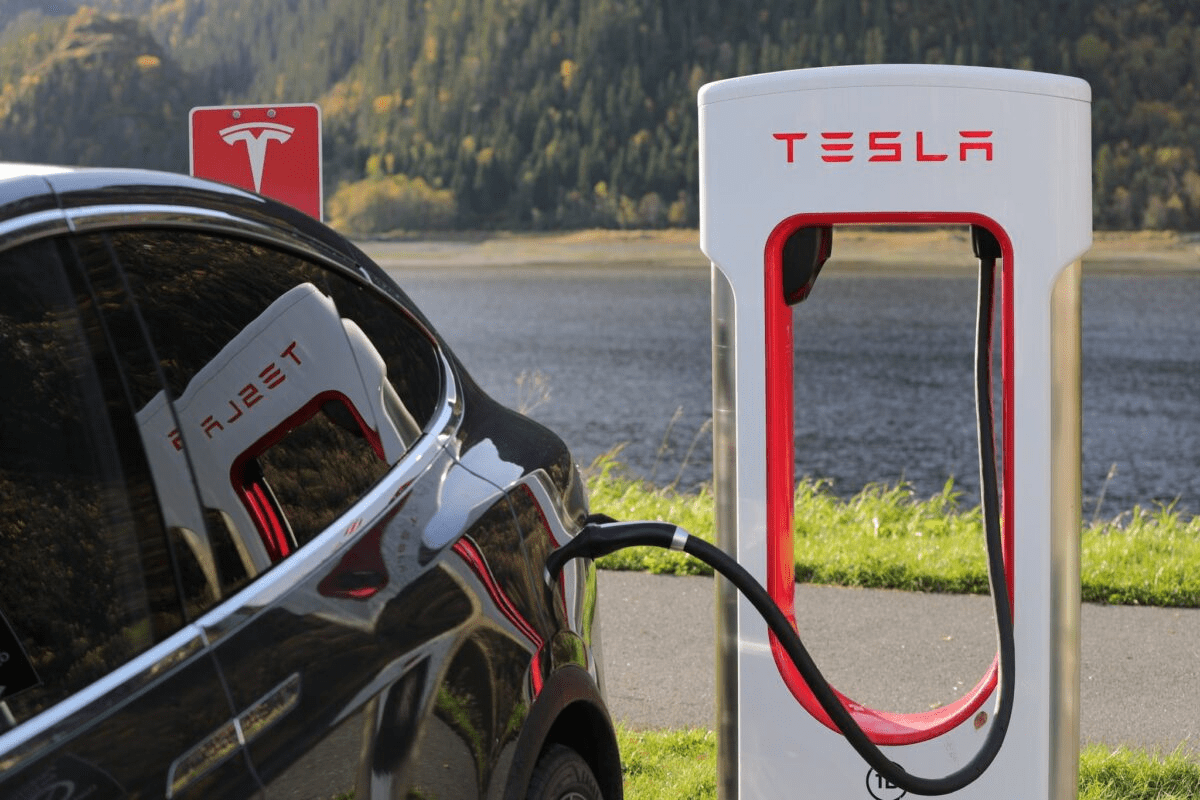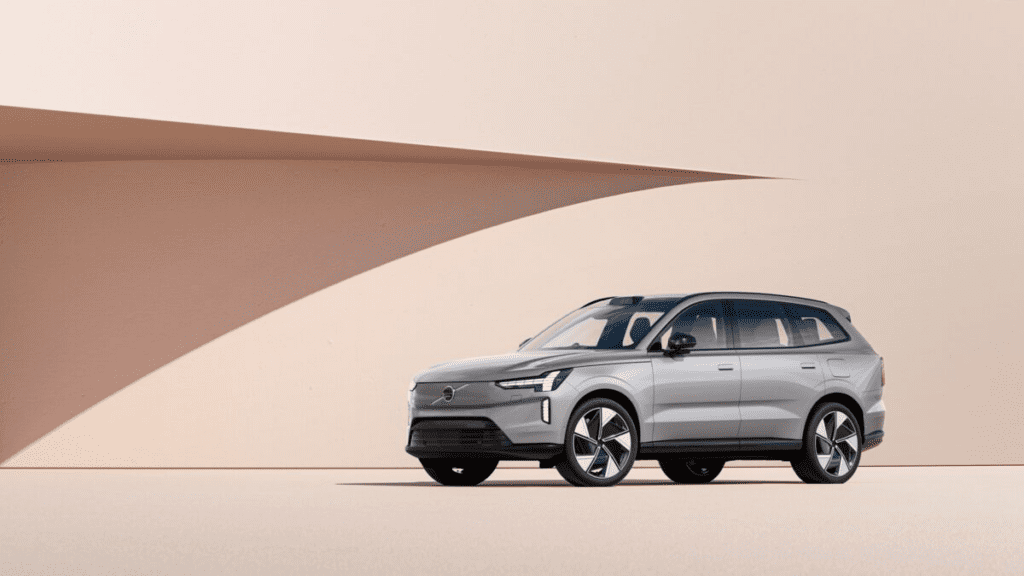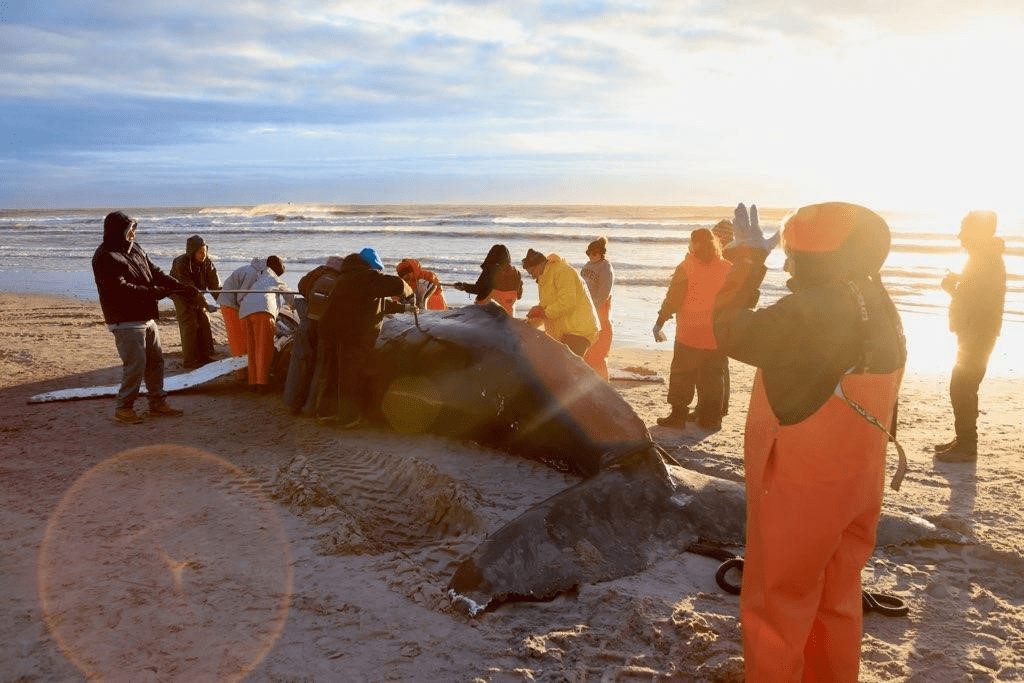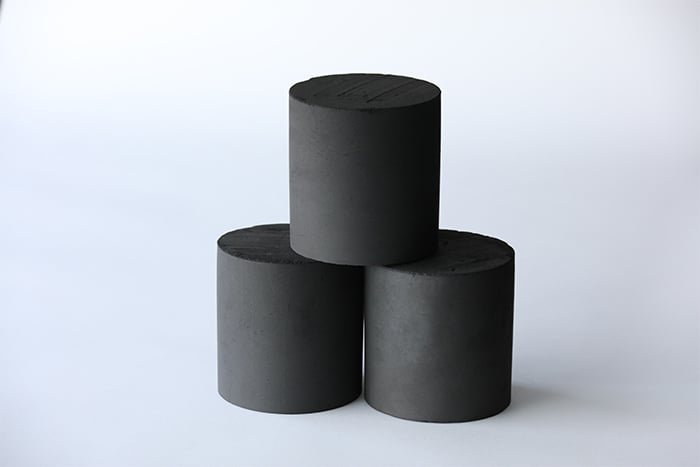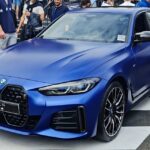Elon Musk’s electric car manufacturer Tesla is at risk of losing out on a $7.5bn government subsidy for electric vehicle (EV) charging infrastructure, unless it opens up its proprietary charging network to other EVs. The proposed funding is part of US President Joe Biden’s efforts to create a comprehensive EV charging network across America. Tesla currently operates its own charging system with over 40,000 charging stations, which are exclusive to Tesla owners. However, the Biden administration has indicated that the charging infrastructure funded by the government must use the Combined Charging System (CCS) standard that includes all EV brands, meaning Tesla would have to make its charging stations available to other EVs to qualify for the subsidy. The move could create a new revenue stream for the company, but it could also undermine Tesla’s exclusivity appeal.
The Need for Open Charging Stations
The US Department of Transportation is set to offer $7.5bn in subsidies to create a nationwide EV charging network to accelerate EV adoption throughout the US. The initiative aims to fill the country with 500,000 EV chargers in the coming years, up from 100,000 in 2021, and to convert 50% of all new vehicle sales to electric by 2030. The Department of Transportation has proposed that beneficiaries of the subsidy package must use the Combined Charging System (CCS) standards. The CCS is an international charging standard for electric vehicles that provides a standard for EVs from different companies and brands worldwide, including Ford, Hyundai, Honda, and General Motors.
Tesla’s Exclusive Charging Network
Tesla’s proprietary charging system has approximately 40,000 charging stations that are exclusive to the company and its consumers. While the company has opened some of its stalls to EVs made by other manufacturers in Europe and Australia, it has not done so in the US. In Europe, most electric cars, including those made by Tesla, use the CCS Combo 2 connector for charging. Still, in the United States, the Superchargers only offer Tesla’s North American Charging Standard (NACS) connector.
Tesla’s CCS Connector Implementation
Tesla must open up its Supercharger network to accommodate any electric vehicle out there that uses the CCS connector to qualify for the government subsidy. Elon Musk has said on more than one occasion that Tesla will implement CCS Combo 1 at the company’s US Superchargers, but nothing has happened in this regard, with a “Magic Dock” stall with CCS1 reportedly in the works. Tesla owners can get a CCS1 adapter that can plug into generally-available charging stations across the country, but owners of EVs made by other brands can’t tap into Tesla’s network.
The Implication of Tesla’s Exclusive Charging Network
Opening up Tesla’s charging stations to the wider market can create a new revenue stream for the company. However, it can also have negative effects on the brand’s exclusivity appeal, and it will be much harder to manage a network that’s suited to all EVs, as seen with public charging stations. It’s worth noting that not only Tesla will be eligible to receive government funds, but all companies that can help speed up the installation of EV charging stations with CCS connectors, like EVgo, Electrify America, and ChargePoint, among others.
Tesla’s Superior Supercharger Network
The Tesla Supercharger network is the best in the US, with more Level 3 EV chargers than any other network. The Superchargers are located along major routes adjacent to businesses where travelers can get fresh food and beverages or do a little shopping while they replenish their batteries. The equipment works the first time and every time, and complaints are rare. Compared to other networks, the Tesla Supercharger network is the gold standard, the system all others are judged by.
- Vancouver Transit Fares Rise 4% July 1—Single‑Zone $3.35, Three‑Zone Hits $6.60
- Air India Crash: Sabotage Angle Officially Probed in ‘One in a Billion’ Dual Engine Failure
- New Ovarian Cancer Drug Combo Shows 42% Response Rate vs 16% with Standard Therapy
- Blue Toenail Polish Helps UK’s Only Magellanic Penguin Colony Track Health of New Chicks at Blackpool Zoo
- 🔴Live Heatwave and Summer Updates: 40°C Heatwave Shuts 200 Schools, Burns 400 Hectares as Turkey-France Face Mass Evacuations
Finally A Conclusion
The US government is offering a $7.5bn subsidy for EV charging infrastructure, but to qualify for the funding, the charging stations must use the CCS standard, which includes all EV brands. Tesla’s exclusive charging network would need to be opened up to other EVs to receive the subsidy. While this could create a new revenue stream for the company, it could also undermine Tesla’s exclusivity appeal. However, opening up the charging network would help speed up the installation of EV charging stations, and Tesla’s superior Supercharger network is the best in the US, with more Level 3 EV chargers than any other network.
